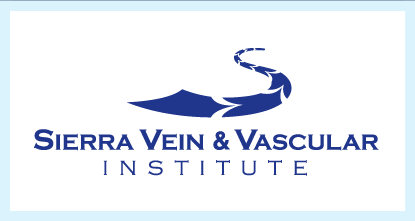What are Venous Stasis Ulcers?
An ulcer or open sore occurs where normal skin has been destroyed and the deeper tissues under the skin are exposed. Venous stasis ulcers mostly occur in the lower leg between the knee and ankle. Leg ulcers represent the end stages of the disease continuum in those with chronic venous reflux and varicosities. Ulcers are a serious problem and occur in about one of every fifty adults. They constitute a serious cause of loss of time from work and have a major impact on the individual’s quality of life. They can be the late effect of both varicose veins and of blood clots in the leg veins. It has been estimated that the cost of caring for a leg ulcer is in the range of $20,000/year, or a total cost in the USA of about one billion dollars per year to the health care dollar.
Causes of Venous Stasis Ulcers
The cause of venous stasis ulcers is long standing and untreated elevated pressure of blood in the veins of the lower leg. Leaking venous valves cause high pressure and abnormal circulation in the tiny vessels of the skin. This high venous pressure causes fluid to leak out of veins beneath the skin, followed by swelling, thickening, and damage to the skin. Skin becomes thickened and inflamed and it actually breaks down into an open sore.
Ulcers may affect anyone with abnormal venous mechanics but they are more common in older people, and are about equally frequent in men and women. Venous leg ulcers can be painful or painless. Without proper treatment, an ulcer may grow progressively larger until it encircles the leg and causes severe disability for the individual. These ulcers affect industry because they are a major cause of lost work time.
Although the majority (70%) of leg ulcers is to due chronic vein disease, there are also other causes. Peripheral Arterial Disease (PAD), or poor arterial circulation from narrowed arteries, diseased small nerves that supply the skin, and trauma to the leg can also cause leg ulcers.
Treatment for Venous Stasis Ulcers
Treatment of ulcers differs based on their underlying cause. An experienced vascular specialist can help with accurate diagnosis in order to implement the best treatment option.
SVVI is proud to offer the perforator closure treatment, using Radiofrequency Thermal Ablation which allows our practice to offer you a minimally-invasive option to traditional surgery for the venous ulcers on your legs. It is the only endovenous ablation device specifically cleared by FDA for the treatment of incompetent perforating veins, the most common origin of your leg ulcers.
Learn more about the Radiofrequency Thermal Ablation Procedure



